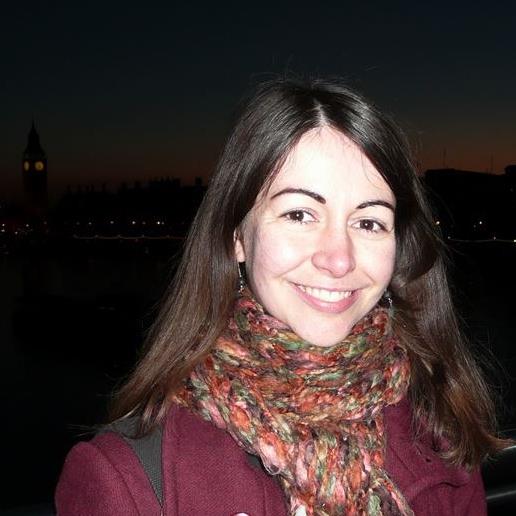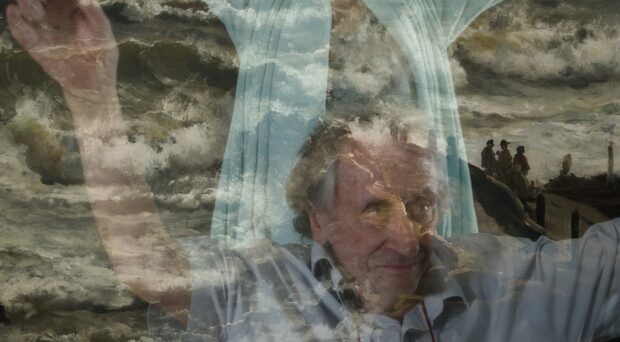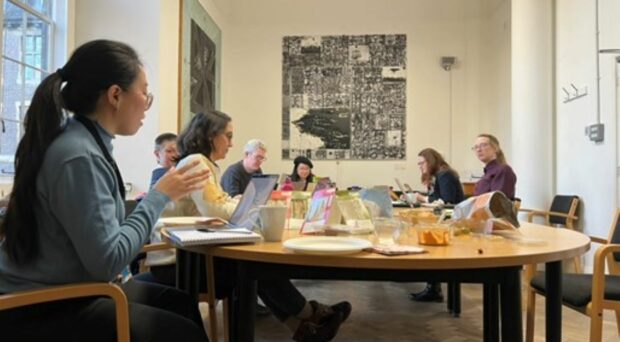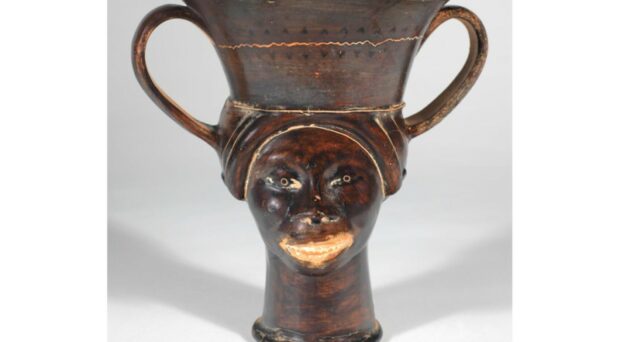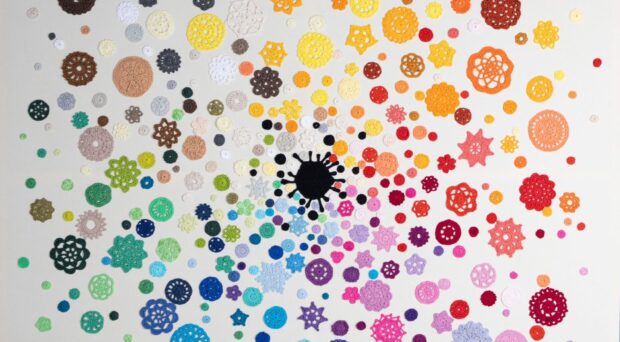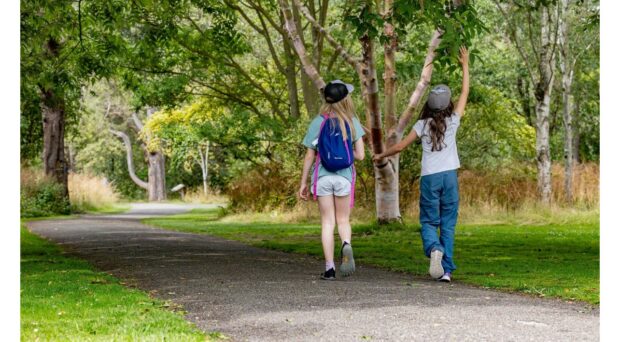The 2017 Arts Marketing Association (AMA) conference was themed ‘The Value of Everything’. There were a broad range of talks to attend, which were geared to inspiring better interaction with a wide range of audiences and to showcase best practices of marketing in the current climate, with plenty of networking opportunities. The last conference I went to was back in 2014, so it was great to be able to attend again, and in such a lovely place as Belfast.
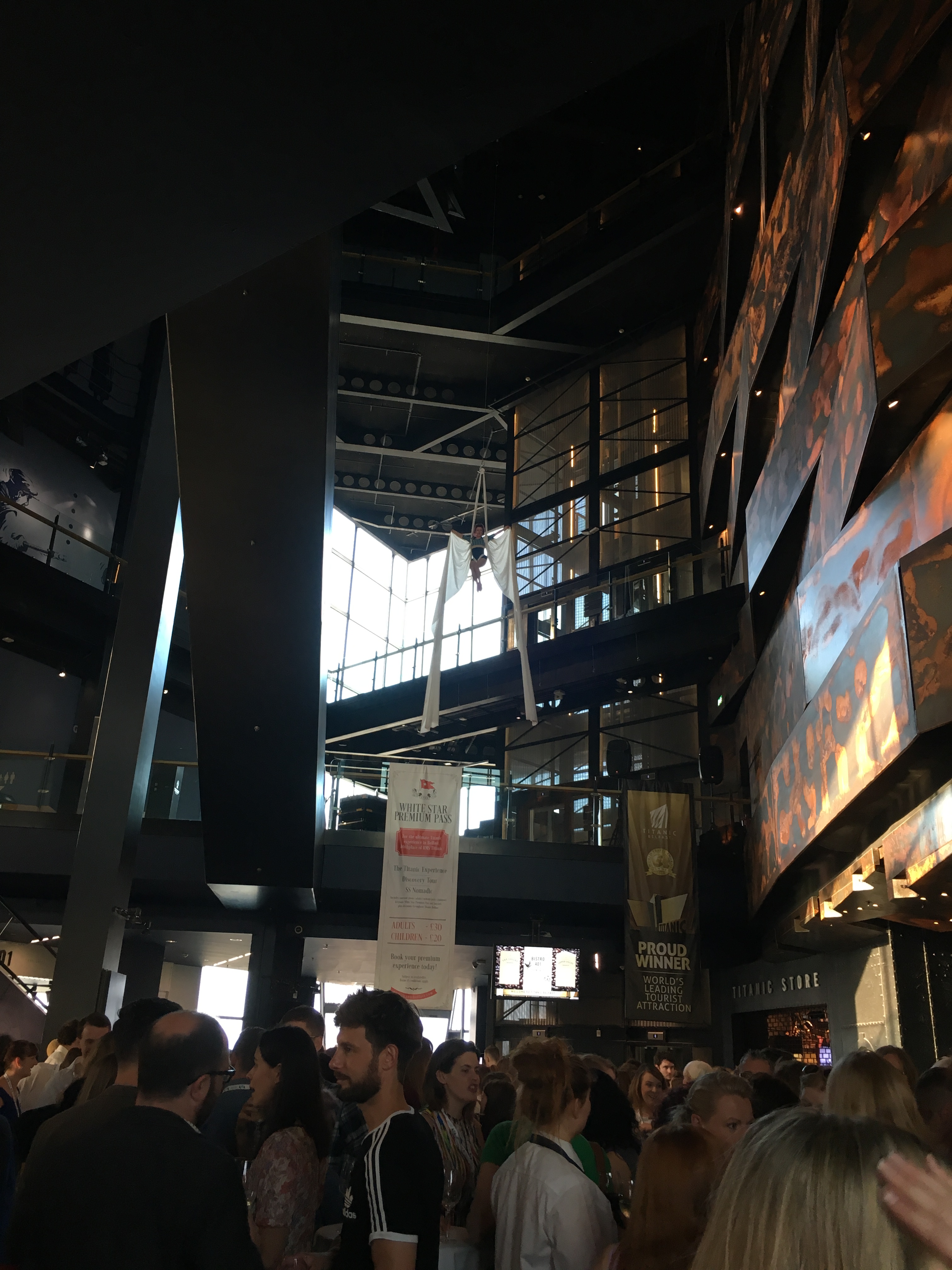
Best keynote presentation takeaways…
Two speakers in the opening keynote particularly stood out to me – Ali Hanan (Founder and CEO, Creative Equals) spoke about how diversity makes for better creative teams as we all have unconscious bias. She recommended people try the Havard implicit bias test to find out where your bias lies, and to challenge it, recommending that people should hire the best person to shape a diverse creative team not necessarily the job. Jane Cordell (Director, Result CIC) also left a memorable impression reminding us that people will remember us for the way you make them feel. Apparently 75% of people will leave a business/service if it isn’t accessible. It is important for us to be aware of these things and to adapt our practice accordingly, as we can help.
Timothy Armoo (Fanbytes) spoke about technology. He said that phones are the remote controls of our life, apps are our TV channels, and that social media has made everyone a broadcaster. He highlighted that we should all be thinking about engaging content to broadcast, and gave examples of other successful initiatives such as the Dollar Shave Club video which helped the company go viral, and Cedarpoint’s Catch the Ghost Snapchat game.
Best break out session takeaways…
‘How to be a marketing superhero’ with Sarah Ogle (Marketing & Communications Director, Liverpool Everyman & Playhouse) began by saying there is no magic equation for marketing. She advised asking questions to producers/curators to understand what we are promoting, and to really remember that audience knowledge is power. We’re also not to forget that we can gain more audience knowledge from our front of house colleagues (i.e. bar staff, audience engagement team). To understand the art and to understand the audience (Audience Agency reports) = KAPOW! This gives real meaning to our campaigns, and also helps us to explain what we are doing to our peers.
Devon Smith (Co-founder, Measure Creative) gave a very good session on Google Analytics, proving that it’s possible to drill so much further down into our data by adding advanced segments to our analysis. And ended by saying that in the coming months Google Analytics will allow you to naturally ask questions (after clicking on the intelligence icon) to generate reports. Devon would certainly help many organisations tighten their reporting abilities, but given she is based in the states her time will be hard to come by.
Culture in a Polarised World with Tony Butler (Executive Director Derby Museums) focused on the role our organisations play. It was highlighted that people trust museums to present authoritative information, but don’t expect them to have an opinion. Museums are places to facilitate debate, safe spaces for dangerous ideas. People trust the information we have to impart, at a time when so many other things in the public sphere (i.e. politics) are not trusted. Museums can also provide value by co-curating displays/spaces with the public, like Derby Museum. Manchester Museum’s Common Cause project is also looking at the Schwartz value model to help change the environment. Suggested reading: Peter Bazalgette’s The Empathy Instinct.
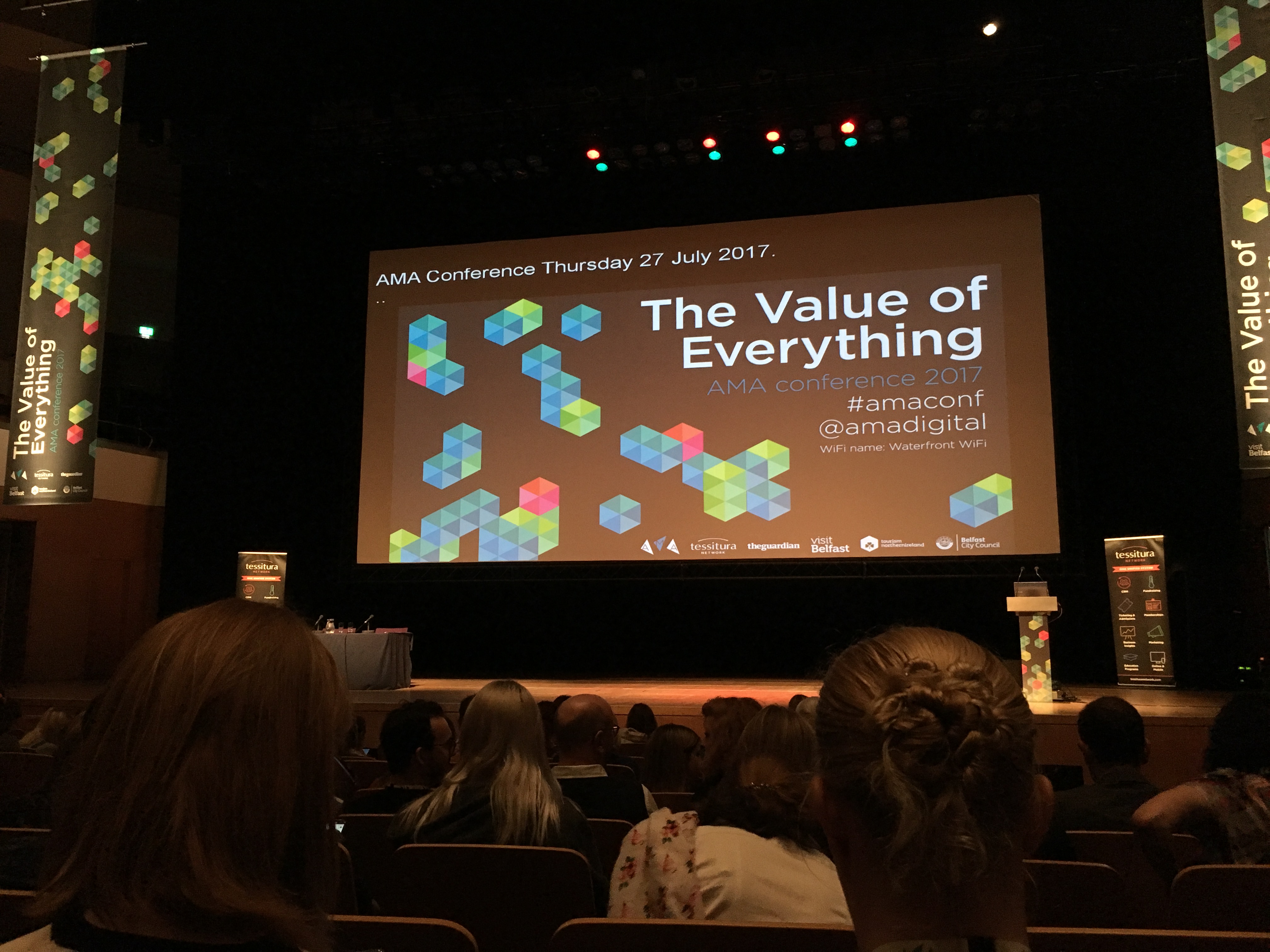
Best sponsored briefing…
The Culture Diary works on behalf of the Arts Council, Visit Britain and the DCMS, and their website collates events across the nation, which they can cross-promote through social media, Visit England/Britain campaigns. Everyone can upload events after registering, which is something we should all be doing. Culture Diary can also hold VIP events to help promote productions/exhibitions due to tour to different countries. Innovative digital technology is another area they can help us promote too. For example, they have in past taken the Royal Philharmonic orchestra’s virtual reality headset (enabling you to conduct an orchestra) with them to events they have attended abroad.
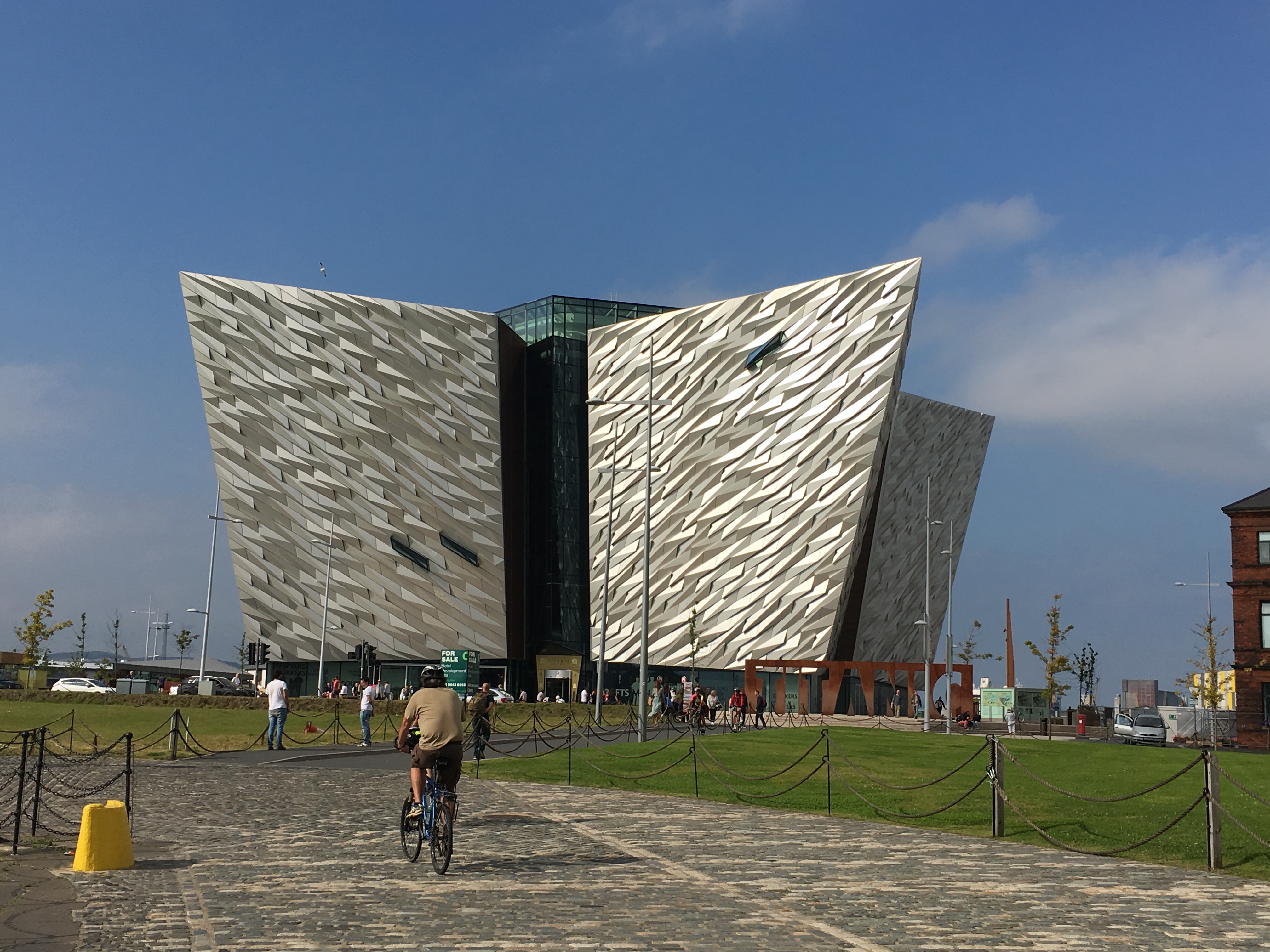
What will I try as a result of the conference?
I was quite moved by Sarah Ogle’s reference to follow up event marketing, which ties in with really understanding our audiences. She relayed how an opera company had sent out tissues (printed with emotive messages) to people after a moving performance, and of other examples of postcards being sent to people thanking them for being part of a memorable moment. I think this kind of connection is valuable and I would like to trial something similar for first time visitors to events after our new ticketing system has been implemented.
What was the cultural scene in Belfast like?
I was impressed by Belfast’s offering. I didn’t have time to explore too much, but did see Titanic Belfast when I arrived (billed as the world’s largest Titanic experience) – a very digital and interactive museum with a shipyard ride (reminiscent of Jorvik Viking Centre). At the end of the first day of conference I also got to go on a tour of the Golden Thread Gallery – a venue for contemporary art exhibitions with an admirable community interest. And the MAC (Metropolitan Arts Centre) was the venue of an evening social I attended, but unfortunately I didn’t get to see any exhibitions, live theatre or shows. Other places I didn’t get to go to, but heard good things about, were The Ulster Museum and Grand Opera House… obviously an excuse for me to go back to Belfast!

